There’s something really special about the way we perceive military service pistols. They tend to take on such strong identities and somehow epitomize the conflicts they were used in. One look at a German Luger or an old M1911 and you can’t help but think back to the World Wars. The funny thing about this is that even though we so strongly equate military pistols to specific conflicts and time periods, they see incredibly limited use compared to just about everything else.
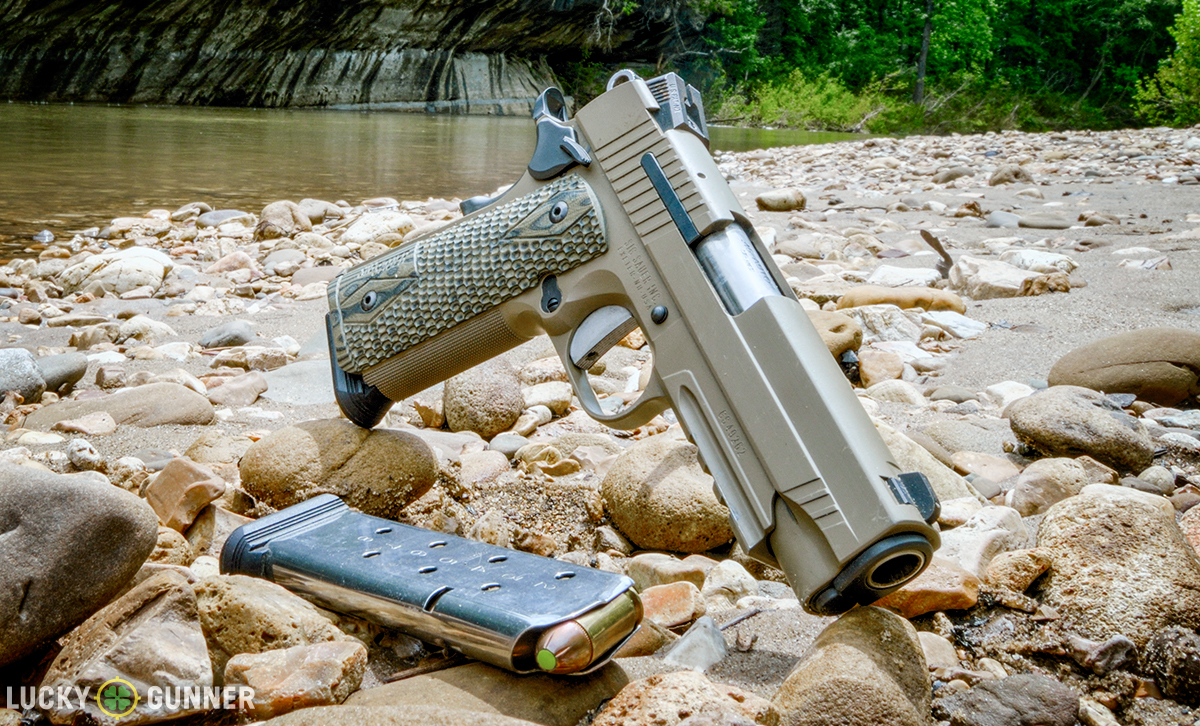
It seems like every couple of years there’s a big fuss over what the U.S. military should get to replace their current service pistols. Lately the hot topics have been Beretta’s failure to get a contract for their M9A3, and the adoption of a Colt Rail Gun derivative called the M45A1 CQBP (Close Quarters Battle Pistol) by the Marines to replace their aging MEU(SOC) 1911’s.
While it isn’t quite as tired a debate as say, 9mm versus .45, it often devolves into just that and makes for very repetitive discourse. This was something I usually participated in whenever the subject was brought up, that is, until I spent enough time in the military to see just where and how these sidearms were actually being used.
With the Army and Air Force seemingly poised to replace the M9 in 2017, I’m going to talk about some of the reasons why a new service pistol shouldn’t be on our military’s short list.
Enter the M9
I got my first exposure to the current service pistol as a Recon Marine in 2009. I was issued a brand new M9A1 to supplement my M4A1 carbine, as was every other man in the unit. Typically handguns are not issued so widely but due to the specialized nature of the unit and our scope of operations, they were deemed necessary.
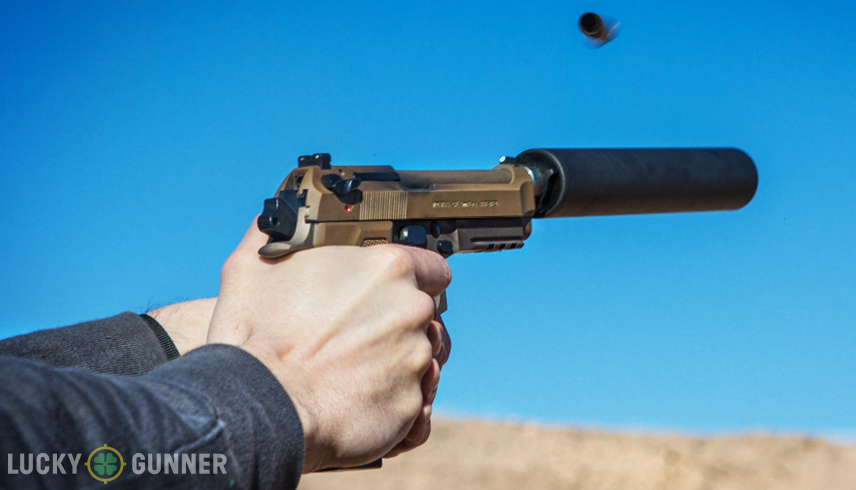
All in all, I found the Beretta M9A1 to be only a so-so combat pistol, but a real joy to shoot on the range. It was soft-shooting, accurate, and extremely reliable, if a bit on the large side considering its only average capacity.
That said, I seemed to be one of the bigger fans of the pistol in my unit, and our Berettas were not generally well-liked and for some good reasons. The somewhat extreme size of the grip was only worsened by shooting with gloves on, and many shooters struggled to disengage the safety when drawing from the holster and would accidentally activate it when racking the slide during malfunction drills or reloads. For the life of me and many others we, couldn’t avoid depressing the slide stop lever when shooting with gloves which resulted in a failure of the slide to lock back on an empty magazine.
While these gripes and the many others associated with the M9 series are repeated ad nauseum anytime the old service pistol replacement debate comes up, I still have a hard time getting on board with chucking the M9 series. My experiences with carrying one, and perhaps more importantly, not carrying one have given me a different sort of viewpoint than most on this issue. Despite its flaws, the M9 does an okay job in practice and it’s hard for me to shake the feeling that the impact of adopting even some miraculously perfect sidearm would be pretty much negligible in the scheme of things.
A Different World
The main reason people get so caught up with which sidearm should be in the holsters of our servicemen and women is that for most of us, the handgun has the widest scope of use in everyday civilian life. We carry handguns with us while out and about or keep them on our nightstands in case we should ever have to defend ourselves.
We see handguns on the hips of police officers and security guards every day as they conduct their business, and we’re used to seeing handguns used by action heroes to save the day and stop the bad guys. On any given day, it’s just not unusual to come across handguns and this can work to create a biased view of the handgun’s utility as a fighting weapon.
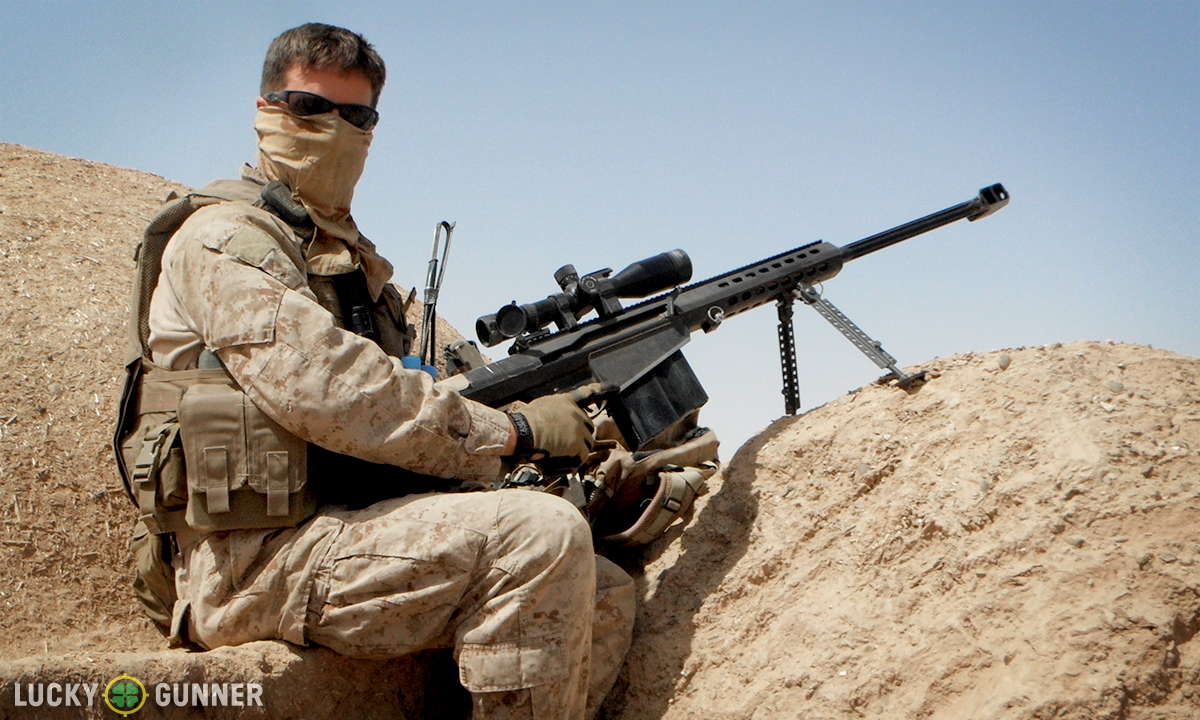
The fact is that handguns are terrible fighting weapons when compared to just about any other type of firearm. The main redeeming attribute of handguns is their convenience. They’re small and light weight, and often pretty simple to use and maintain. This is definitely useful in the military, but to a much smaller extent.
In war, where gunfights involve machine guns, grenade launchers and often support aircraft, there’s very little that a handgun brings to the table. They’re simply much more useful to civilians and police than they are to soldiers.
Pistols in the Field
Initially I carried my M9A1 everywhere with me to supplement my M4A1 or M14 DMR. After numerous firefights, long patrols, and seeing pistols get knocked out of holsters or slathered in mud I simply decided that it wasn’t really the value-added I had originally thought it was.
Later on, I found myself carrying a .50 caliber rifle and nothing else. The added weight of a pistol and ammo meant I couldn’t carry as much ammo for my rifle, which I was orders of magnitude more likely to need. Some people would see that as taking a huge risk, but for me and many of the other Marines I worked with, it became common sense. Our pistols were quickly relegated mostly to those with machine guns and grenade launchers, and even then they were typically just thrown in an M4 magazine pouch instead of a holster as a sort of “I guess I should” defense measure.
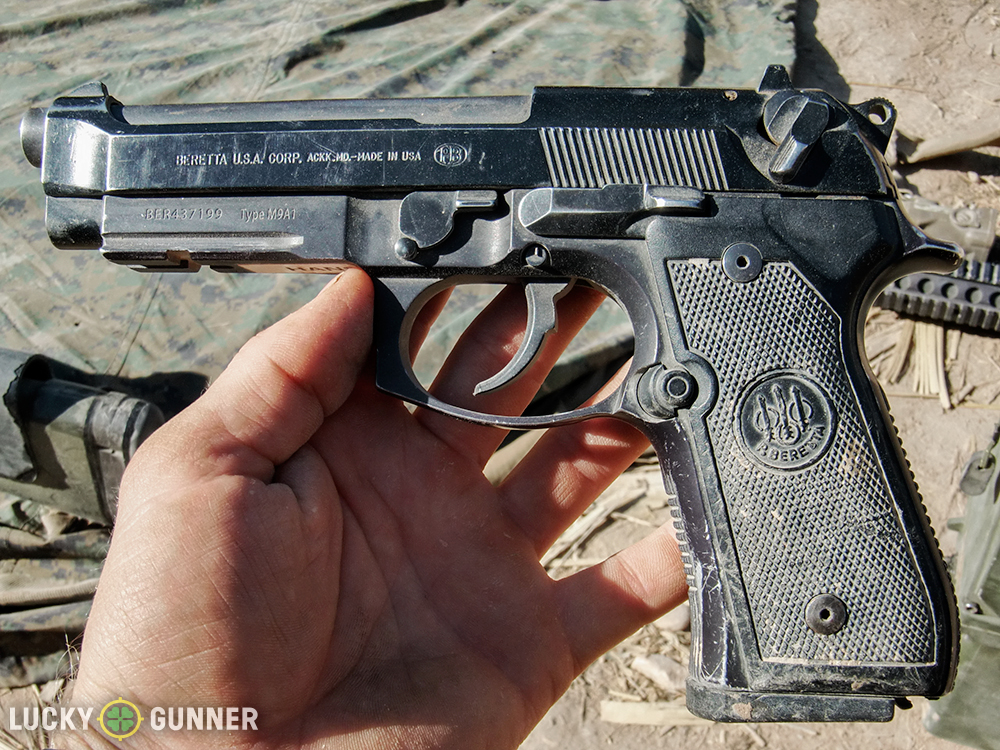
Don’t get me wrong, just because pistols were not a priority in my limited experience doesn’t mean that there aren’t those who would justifiably deserve something better than the M9. Fortunately, those with the greatest need for a new fighting handgun and the level of training to make it worthwhile already have new service pistols.
Special operations personnel, who often conduct the riskiest missions, have already left the M9 behind in favor of the Glock 19, Sig P226 and 1911. This limited adoption addresses the largest need for enhanced weapons, while simultaneously minimizing the tremendous logistical issues that come about when a new weapon starts being issued.
Lots of Effort, Little Gain
If the Army and Air Force select a new service pistol for general issue, there’s going to be a lot more to do than simply hand out the new guns. Unit armorers must be trained how to repair and maintain the new weapons. Adequate spare parts must be ordered and accessories such as magazines and holsters need to be evaluated and sourced as well. Training manuals and procedures will need to be modified and all of a sudden, the money and man-hours that went into training everyone on the M9 must be repeated with the new service pistol.
It’s not an undertaking for the faint of heart or weak of budget, and that’s really the point that stops me from getting onboard.
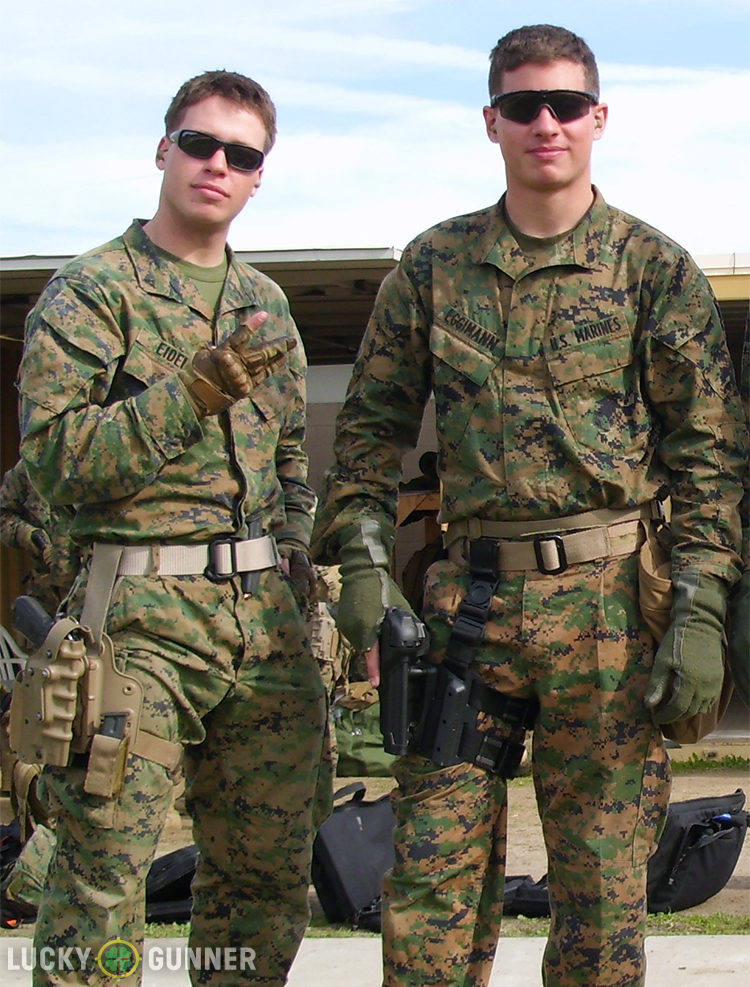
The M9 might not be the cutting-edge .45 caliber überpistol some might want, but it’s clear that many experienced professionals have no issues carrying a 9mm and that despite some gripes about ergonomics, the M9 generally goes bang just fine. I’ve seen rifle bolts break, primers fall out of ammunition, and grenades fail to detonate, among plenty of rifle and machine gun stoppages during combat actions in Afghanistan. Despite all of that, there wasn’t a single instance where the use of a handgun did anybody any good, no matter the caliber or model. So if we’re going to reevaluate the weapons in service today, it’s hard for me to entertain the idea of a $350 million handgun replacement initiative when there are more pressing issues to be addressed first.
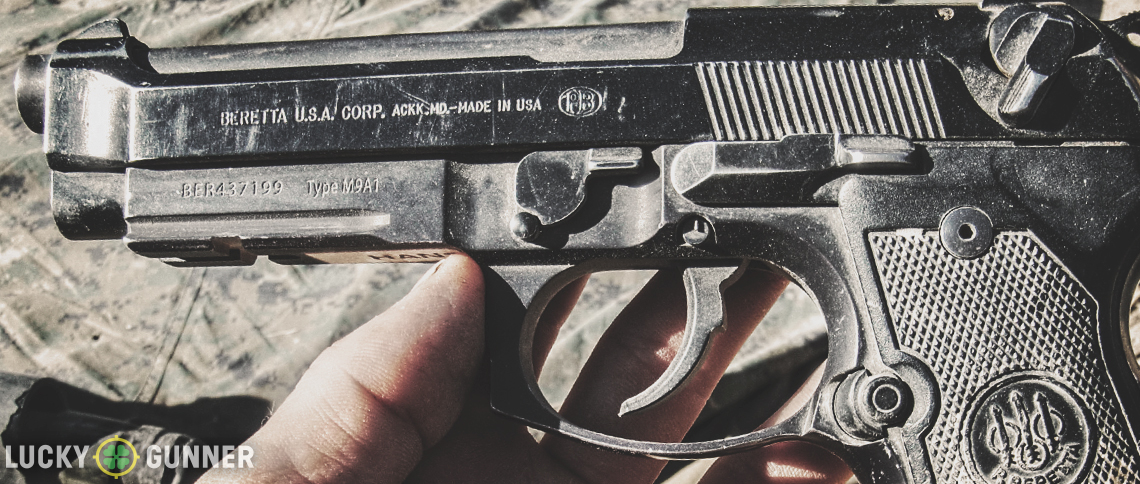

Great perspective. I listened to one bona fide example of a SAW man using his pistol when his open-bolt weapon malfunctioned while clearing a room. Other than SgtMaj Kasal’s heroics, that would be it.
Old Corps .45 up close – service issue pistols were sloppy as hell so not very accurate at much distance. Kind of like the bayonet. Much preferred not to be needing either one as you stated (I agree. Spend the money somewhere else). Semper fidelis.
I would much rather have a glock 17 or striker fired pistol over the new colt. Most of the guys agree. Also the slide safety is very much disliked. While the USMC made the choice to go back to them, if it were up to us the choice would have been different.
Gotta agree….. heck besides special ops the only military personal who use em are high ranking officers ….. left in a holster to rot…..
Ill take a G19 with a quality trigger job or my springfield RO. Only difference is my Springfield didnt need a trigger job to get rid of the shitty feel. But it is reliable.
One of my Sons is in 2/75 Rangers and he said they all have M9s but on patrol one or two guys will carry a Glock as back up for the squad. They carry to much as it is. He told me a story that one guys weapon went down so he was given a Glock during contact…he was not happy only having a pistol but better than nothing..
I remember one of my old AMMO chiefs telling us that, “if you’re down to shooting the enemy with a pistol, you are probably in big trouble.” I want a rifle or shotgun.
It’s worth noting that Marine Recon command have approved the issue of Glock 19’s to those who want them as the M45 is apparently widely disliked.
Leaving sidearms to personnel who really dont have the means to carry a rifle are just fine. Though my gripe is on Aircrew members in the USAF going into hostile territory getting issued M9’s with non standardized holsters. I’ve seen crappy nylon holsters, Galco Jackass/Miami Classic, Safariland drop leg, Serpa, etc… it’s all over the place. What happened to the good ‘ol cross draw vests that the Navy is using? Or the old crossdraw from the vietnam era?
Why carry a pistol that requires keeping up with a locking block or barrel bushing and slide stop during take down when there are so many options that donn’t require this attention?
I agree with the size & weight concerns. Unless the mission parameters require a larger pistol, something the size of a M&P9c or Glock 26 would be adequate for a genera-purpose sidearm.